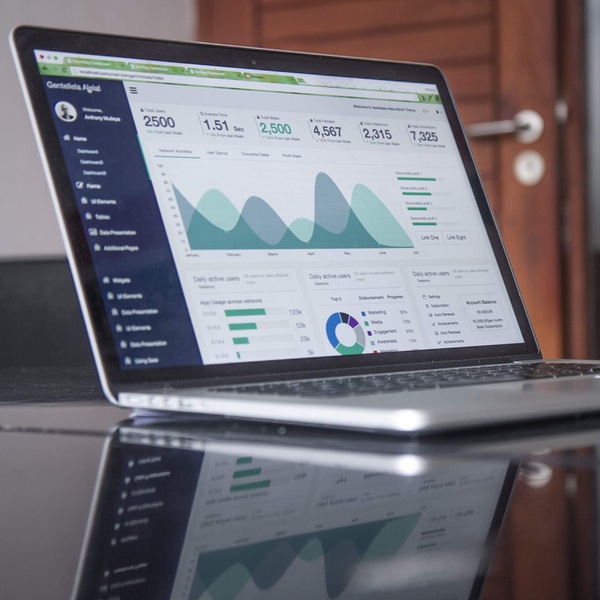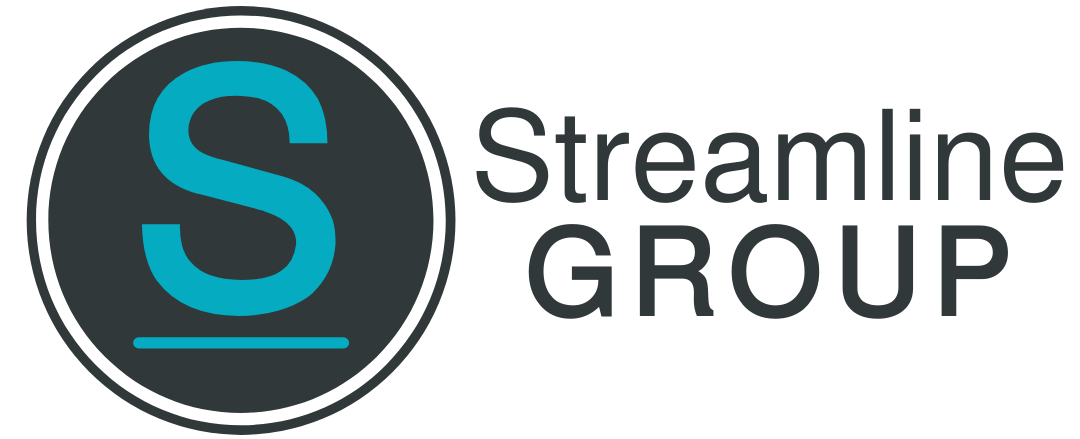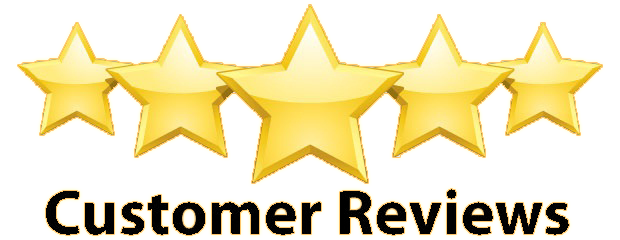
You can’t afford NOT to do marketing!
I’m just starting out. I don’t think my small business can afford marketing!
We’ve been in business for a while, but I just don’t feel comfortable with the amount of profit we’re making. I can’t possibly pay for marketing, yet!
You may have these exact thoughts when planning your small business budget. However, a better question may be, “Can I afford NOT to pay for marketing?”
Although marketing is an added expense, it’s an expense that will bring you more customers or clients. If you have more clients, you have more money!
Before embarking on a serious marketing journey, it’s important to have a clear vision for where you want to go. Ask yourself the following questions:
- What is the minimum number of clients I need in order to break even?
- What is the number of clients I need in order to make my ideal profit?
- Do I have enough staff, space, or resources in order to serve that number of clients?
Once you have a target number of clients (or profit amount), it’s time to decide on your marketing channels. It’s important to note that there are many different ways to market your small business, and each of them has an associated cost. You don’t necessarily need to spend thousands of dollars in advertising each month in order to grow your customers.
There are 3 main channels you can use to market your small business:
- Social media advertising (Facebook, Instagram, etc.) This is a relatively inexpensive way to get your name out in the community. For a few dollars each day, you can reach people in the Bloomington area who have interests related to your small business services. At a minimum, you should plan to invest some money using targeted ads on social media.
- Google ads / Google My Business It’s no secret that Google is a big player in digital marketing. Google ads are a great way to catch people who are searching for topics related to your small business services online. Google My Business has fantastic tools that help increase your web search presence.
- Print ads, radio, sponsorships, billboards, etc. The more traditional forms of marketing are still alive and well! Depending on your type of business and the type of customers you’re trying to attract, these may be good avenues for you. These types of marketing are usually more expensive, but they certainly have a place in a well-planned, balanced marketing strategy.
Streamline Group can help your small business reach your goals! We can guide you through the process of setting up social media accounts, Google ads, Google My Business, or even just talking through which marketing channels are a good fit for your business type. Contact us today for a free consultation!




